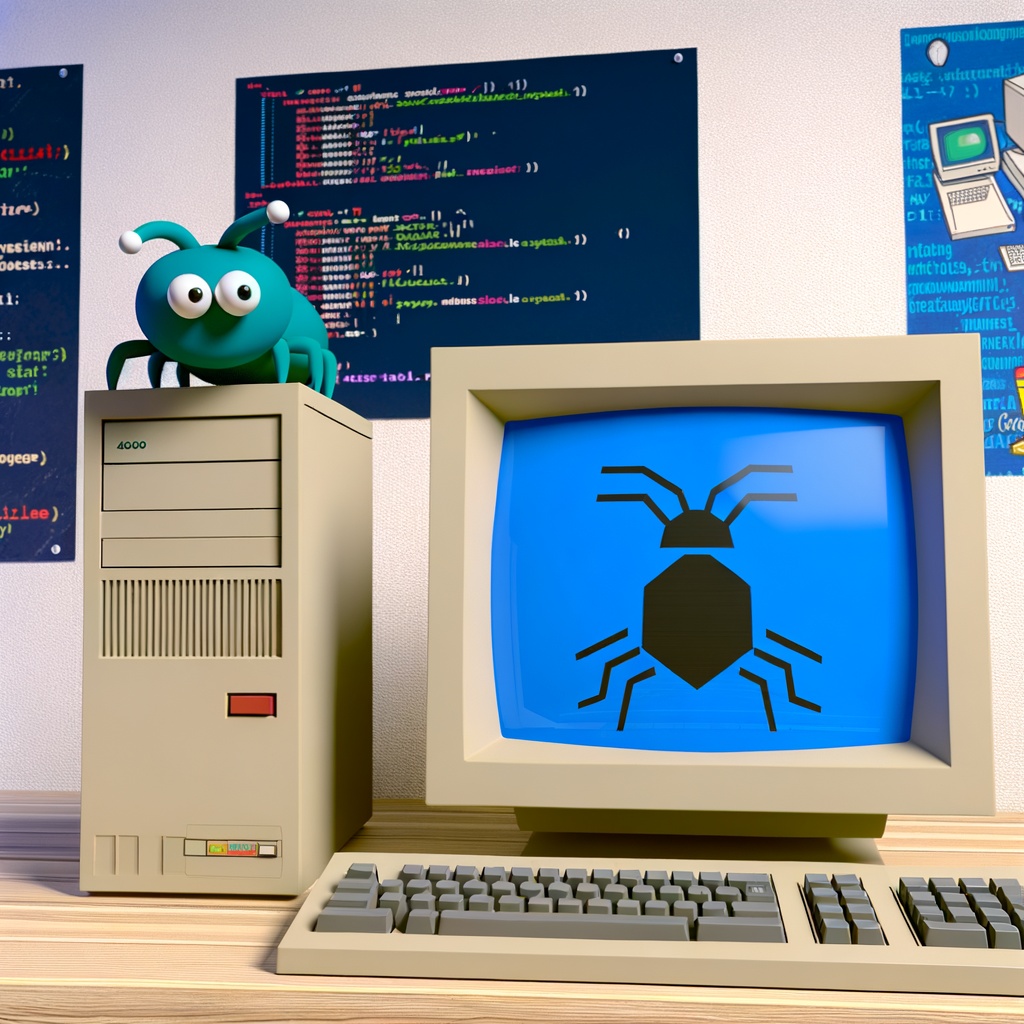It’s fair to say that computers are truly amazing. We pretty much owe our entire lives to computers; every aspect of what we do, from our economy to our social lives, is now governed by computers to the fullest extent. We’re all carrying computers around in our pockets that have many times the power of the earliest versions of this invention, which were massive and far from portable. The computers we use on a daily basis are intelligent, powerful, and fast, but it wasn’t always like that.
Back in the 1980s and 1990s, computers were still in their relative infancy, at least when compared to modern times. While computers were rapidly advancing in terms of power and speed, there were still many things that personal desktop computers couldn’t do, and the same was true of large-scale servers at big tech companies. The cloud was still a distant dream, and a lot of the processes on which old-school computers ran were somewhat archaic.
If you’re a computer scholar, you might well have heard the term “millennium bug” in your travels. You may also have heard this phenomenon referred to as the “Y2K problem”, with the Y2K in that name referring to the year 2000. At one stage, many computer scientists and enthusiasts were prophesying doom for the world thanks to the Y2K problem, and while that certainly didn’t come to pass in the end, there was a real sense of apocalyptic dread hanging over the world in 1999.
So, what exactly was the millennium bug? Why were so many people afraid of it? To answer that question, we have to go back in time to the 1960s and the time of the earliest computers (as we know them today, at any rate; there are arguments that computers were actually invented during the Islamic Golden Age, or at least that the groundwork was laid then). Specifically, we need to look at how computers processed the current date.
Prior to the 1990s, when computing arguably made a massive leap forward due to widespread adoption and wider availability for GUIs (graphical user interfaces), computers were often programmed with two-digit dates for the year. This meant that, for example, instead of programming a date as “1982”, a computer would simply refer to it as “82”. This was done to save memory, as early computers had just a fraction of the memory that even budget smartphones and tablets enjoy today.

Of course, if you’re following along, you’ll probably already have identified the potential problem in this method. While using this dating system is fine until we reach the new millennium, what happens when dates tick over to 2000? Scientists began to worry that computers would misinterpret the “00” at the end of 2000 as “1900” due to the way computers had calculated dates up to that point. Such a problem, said many, would be catastrophic in terms of the way computers handled data and could cause serious issues.
The obvious potential problem is that computers would simply think they’d jumped back 100 years, so they wouldn’t be able to keep up software processes that were designed to tick over yearly. One potential issue here would have been with banks and other financial facilities; computers were set up to make yearly predictions and projections, but they might not be able to do that if they suddenly thought they were in the year 1900. It’s easy to laugh at this now, but it was a real concern back then.
Another concern that many people didn’t think about was the fact that 2000 was a leap year, and that could have been a problem. After all, if the computer thinks it’s in 1900, it will ascribe a different number of days to the year than actually exist in 2000, which could cause all kinds of filing issues. Additionally, programmers often used strings of the number 9 to end programs, and since 1999 was the final year before 2000, there were worries this could cause computers to think programs were being prematurely terminated as well.
As you can imagine, efforts began around the world to ensure Y2K compliance for all major computer systems. This involved programmers working hard to change the way dates were calculated or to ensure that computers were protected against any potential failure as a result of the Y2K bug. A new US law was enshrined in 1998 that encouraged US companies to share information about their Y2K procedures, and in Britain, the government issued a not-at-all-ominous warning that their army would be ready to act if necessary.

In the end, these provisions either had the intended effect or weren’t necessary. The Y2K bug didn’t have anywhere near the kind of apocalyptic effect many had worried it would have. Some computer systems experienced minor errors, but the processes that governed the world remained operational, causing people around the globe to rejoice. It turned out that the Y2K bug wouldn’t be the end of our world after all, and either the scientists had done their work or there was no work to be done in the first place.
Accusations swiftly followed that the millennium bug was nowhere near the threat that it had been positioned to be. Those who had worked on Y2K compliance insisted that this wasn’t the case, and that they had averted disaster through their actions, but others said that no work had really been necessary to keep computer systems ticking over. All of this had an unintended benefit, though; many of the improvements made to computer systems in order to guard against the Y2K bug turned out to be useful in other areas, so all that work wasn’t for nothing, whether or not it actually did stave off Y2K disaster.


